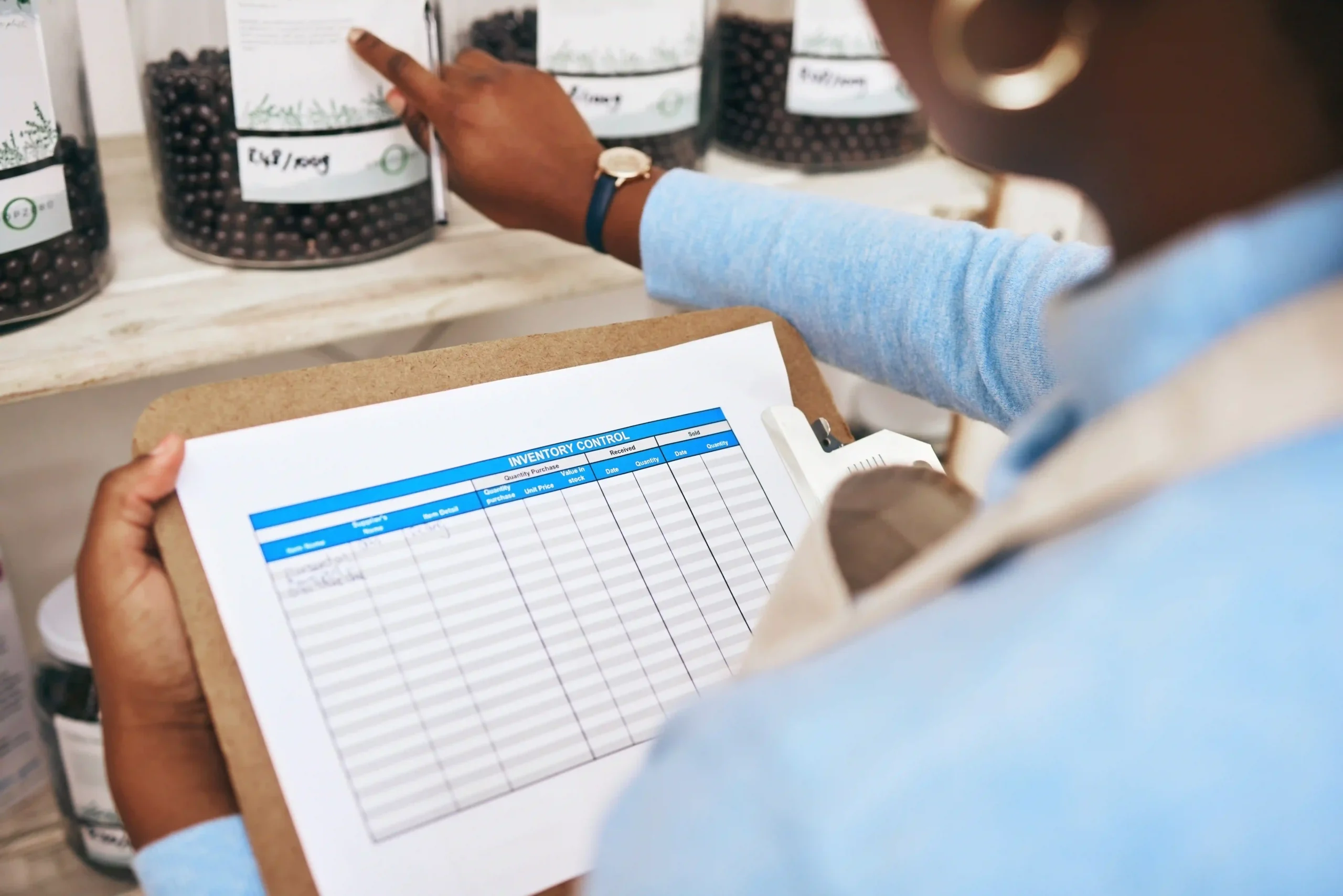The duty drawback program 2025 is a U.S. government initiative that allows importers and exporters to claim a refund on certain duties, taxes, and fees paid on goods that are later exported or destroyed. It’s a fantastic way to recover costs — but only if you know how to navigate the rules.
At its core, the program is a trade incentive that’s designed to support American businesses that participate in global commerce. If you’ve imported products into the U.S. and then re-exported them, you could be eligible for up to 99% of the original duties you paid.
Sounds good, right? But like most things in logistics, it’s not as simple as it sounds.
We’ve been working in the third-party logistics and foreign trade zone space for over 35 years, and I can tell you firsthand — the businesses that treat this like a bonus win. The ones that don’t even know it exists?
They’re leaving money on the table every single year.

Every year brings change in trade, and the duty drawback program 2025 is no different. This year, the U.S. Customs and Border Protection (CBP) has expanded certain eligibility rules and emphasized digital filing through the Automated Commercial Environment (ACE) system.
If you’ve been filing claims manually, now is the time to make the switch. What used to take months can now be fast-tracked with the right setup and software, and CBP is actively encouraging this kind of modernization.
One of the biggest updates this year involves accelerated payment privileges. We’ve helped clients secure refunds in as little as 90 days using these systems.
There are also new clarifications around duties tied to Section 301 tariffs, which impact imports from countries with active trade disputes. Understanding those categories is key to ensuring you’re claiming everything you’re entitled to.
This is where working with a team like ours, who lives and breathes customs compliance, can really help.
Not every business qualifies for FTZ certification, but many companies across different industries can take advantage of it. To qualify, a company must:
At Tri-Link FTZ, we’ve helped businesses in automotive, pharmaceuticals, electronics, e-commerce, and manufacturing successfully apply for and operate within FTZs.
The good news is that more businesses qualify for duty drawback than they realize. Whether you’re a direct importer, an exporter, a manufacturer, or even a third-party logistics provider acting on behalf of a client — there’s a path for you to benefit.
To qualify under the duty drawback program 2025, you need to demonstrate a clear link between the goods you imported and the goods you exported or destroyed. That link can be direct, such as when you import raw materials and export the finished product.
Or it can be indirect, using a rule called “substitution,” where commercially interchangeable items stand in for the originals. For example, we work with a beverage company that imports glass bottles from France but uses similar bottles from a U.S. supplier when exporting.
They still qualify under substitution rules. The kicker?
You just need strong records and the right classification systems. We’ve seen companies without solid documentation miss out on thousands in refunds.
Don’t let that be you.

Under the duty drawback program 2025, many businesses are surprised by just how much they can recover — and it’s more than just basic tariffs. The program allows for a refund of up to 99% of duties paid on goods that are exported or destroyed, including standard import tariffs and even more complex fees.
This year, there’s a continued emphasis on Section 301 duties, which are retaliatory tariffs placed on goods from countries like China, and yes, those are refundable under the program if the goods qualify. In many cases, businesses can also reclaim merchandise processing fees and harbor maintenance fees, both of which are often overlooked.
We’ve also seen successful claims for certain federal excise taxes, such as those applied to imported alcohol, fuel, or tobacco products, especially when those goods are later exported. While anti-dumping and countervailing duties are more restricted, there are still opportunities depending on the product and situation.
The key is understanding which categories your shipments fall into and maintaining airtight documentation. At Tri-Link FTZ, we’ve helped clients sort through all of this to make sure no refund opportunity goes unnoticed — and that makes a major difference in your bottom line.
The filing process can seem complex, but we’ve walked dozens of clients through it with ease. The first step is to file your claim electronically through CBP’s ACE system. This requires registration and setting up a compliant profile — which we can help you with if you don’t have one.
From there, you’ll submit CBP Form 7553 and provide documentation showing the import, the export or destruction, and the duties paid. Timing is everything.
In 2025, you have up to five years from the date of import to file a claim, but you must declare your intent to export upfront in many cases. One misstep — such as failing to file that declaration — can cost you your refund.
We often advise our clients to work closely with a customs broker or to use approved drawback software that integrates with your supply chain system. This not only reduces the chance of human error but also speeds up the processing time.
In my 35 years running Tri-Link FTZ, I’ve learned that documentation is everything when it comes to successful drawback claims. The duty drawback program 2025 is no exception.
You’ll need a rock-solid paper trail to prove your imports and exports line up. If anything is missing or inconsistent, CBP can reject your claim — and believe me, they will.
Start with your import documents: commercial invoices, bills of lading, packing lists, and your CBP entry summaries. Then match them to your export records: proof of shipment, commercial invoices, and any declarations filed with foreign customs.
If the goods were destroyed instead of exported, you’ll need proof of that destruction along with CBP approval. For manufacturing claims, you’ll also need production records that show how imported materials were used to make the exported product.
That might include batch numbers, processing logs, or transformation records. And if you’re filing under substitution rules, be prepared to prove that the imported and substituted goods are commercially interchangeable.
Lastly, everything must be kept for at least five years. I’ve had clients come to me in year four trying to clean up their paperwork, and it’s not fun.
The smartest companies we work with keep everything digital and organized from day one.

One of the most common questions I get is, “When will we actually get the money back?” And that depends on a few things. Normally, the process can take up to two years for a full refund to come through — especially if you’re filing for the first time or have complicated claims.
But under the duty drawback program 2025, there are ways to speed this up. If your company qualifies for what’s called Accelerated Payment (AP), you can get your refund in as little as 90 days.
This does require a continuous customs bond, and your paperwork must be immaculate. We help clients get AP status when they’re eligible, and it’s one of the best ways to get that cash flow boost quickly.
Another thing that can help is using bonded warehouses, like the ones we operate. When you store goods in bond, you delay the payment of duties until the goods are withdrawn for consumption.
If they’re exported or destroyed instead, you may never have to pay duties at all — and you still claim drawback. Timing your filings and logistics this way can save you months, even years, in processing delays.
You wouldn’t believe how many businesses lose out on refunds because of tiny mistakes. After decades in this industry, I’ve seen it all.
The duty drawback program 2025 offers more opportunity than ever, but it’s also stricter in terms of compliance. The first mistake is missing the filing window.
You have five years, but that time goes faster than you think. The second is forgetting to file a Notice of Intent to Export — CBP wants to know ahead of time, not after.
Another big one is poor record-keeping. If your import and export records don’t match, or if they’re scattered across departments, it’s hard to prove eligibility.
I’ve also seen businesses misclassify their drawback type. Using the wrong category — like filing under unused merchandise when it was actually manufactured — can result in a rejected claim. And finally, ignoring rule changes is a killer.
The rules evolve constantly. What worked in 2022 might get flagged today.
At Tri-Link FTZ, we monitor these changes for our clients so they don’t have to. Read more here.
You don’t have to go it alone. There are great tools available now that make the duty drawback program 2025 easier to manage.
At Tri-Link FTZ, we use specialized software that connects with CBP’s ACE system and automatically matches imports and exports. It tracks documents, checks eligibility, and flags issues before they become problems.
If you’re a small or midsize business without an in-house trade team, this kind of software is a game-changer. You can also work with a customs broker — about 95% of claims are filed through brokers, and for good reason.
They already know the system and can help ensure compliance. We often consult with companies who are new to the program or expanding into global markets.
Some just want a one-time audit to see if they qualify. Others want full-service support where we file on their behalf.
Either way, we bring decades of experience and hands-on help.

If you’re serious about getting the most from the duty drawback program 2025, here’s what I recommend — based on 35 years of hard-earned experience. First, build a clean documentation process.
Make sure all your records are digitized, indexed, and easily accessible. This makes audits and filings a breeze.
Second, train your team to understand what qualifies and what doesn’t. We’ve seen warehouse managers accidentally ship out products marked for destruction, costing the company thousands in lost refunds.
Third, map your supply chain. You need to know where your products come from, what they’re made of, and where they’re going.
This is especially important for substitution claims and for understanding commercial interchangeability. Fourth, hire a specialist — whether it’s a broker, a software tool, or a firm like Tri-Link FTZ. The ROI is worth it.
And finally, stay current. Subscribe to CBP updates, follow trade publications, and talk to experts. The laws change, and what worked last year may not work now.
Our team stays on top of these trends so our clients don’t get left behind. Read more here.
This year more than any before, the duty drawback program 2025 is becoming an essential tool for businesses trying to stay competitive in global markets. With increased tariffs, supply chain pressures, and tighter margins, recovering those duty payments can be the difference between profit and loss.
We’ve seen businesses completely change their financial outlook just by making drawback a regular part of their strategy. One client recovered over $600,000 in refunds last year alone — simply because we helped them file correctly and on time.
As the president of Tri-Link FTZ, I can tell you from experience: the businesses that treat drawback like a priority win. They’re not just reacting to costs — they’re planning for profitability.
If your company imports and exports regularly and you’re not claiming drawback, now is the time to start. If you are claiming but unsure if you’re getting the most out of it, we’d love to take a look and offer guidance.
With over 35 years in logistics and trade compliance, we’ve helped companies across manufacturing, e-commerce, retail, and industrial sectors unlock massive savings through this program. We don’t just offer insight — we offer hands-on help, advanced tracking systems, bonded warehousing, and a team that knows the ins and outs of customs better than anyone.
Let the duty drawback program 2025 be your edge this year. Let Tri-Link FTZ help you take full advantage of it — because getting money back that you’ve already paid shouldn’t be complicated.
It should be part of your strategy.
Share this article
We have other resources available upon request as well as one-on-one support and personalized answers, just like our services.
Simply contact us anytime and we’ll get back to you to answer your questions and provide meaningful answers that show you how Tri-Link supports your logistics, reduces costs, and accelerates efficiency.
Tri-Link delivers exceptional FTZ and 3PL services tailored to your global trade needs.
Our solutions combine innovation, quality, and efficiency to exceed your expectations and meet your specific requirements.